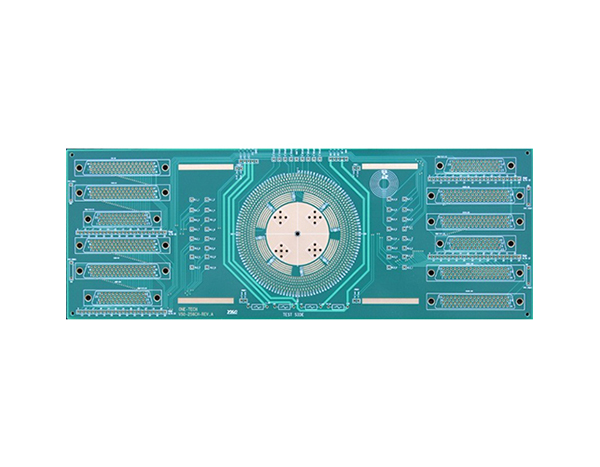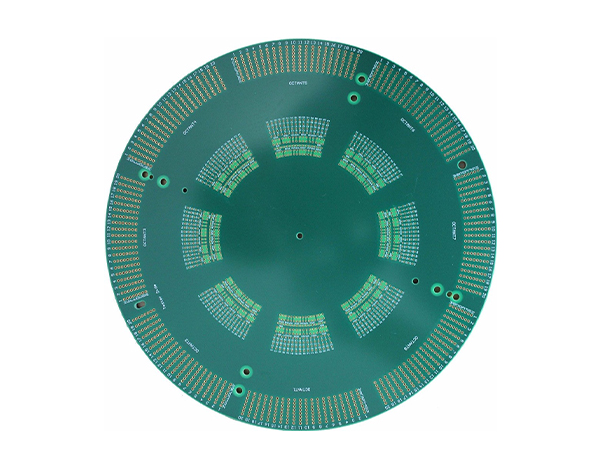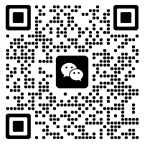Shenzhen Vencore Electronics Co., Ltd.
Tel: 0755-27267961
Email: sales@vencorepcb.com
Website: www.vencorepcb.com
Address : Buildings 221 and 226, Dazheng Technology Park, Jiangbian Industrial Road 6, Songgang Street, Bao'an District, Shenzhen
Building 2, No. 119 Changmao Road, Changzhen Community, Yutang Street, Guangming District, Shenzhen
How to choose a pcb circuit board ? The circuit board manufacturer will introduce it to you.
1. Consider the choice of component packaging
Throughout the schematic drawing phase, you should consider the component footprint and land pattern decisions that need to be made during the layout phase. Below are some suggestions to consider when selecting components based on component packaging.
(1) Remember that the package includes the electrical pad connections and mechanical dimensions (X, Y, and Z) of the component, ie the shape of the component body and the pins that connect to the PCB. When selecting components, you need to consider any mounting or packaging constraints that may exist on the top and bottom layers of the final PCB. Some components, such as polar capacitors, may have high headroom constraints that need to be considered during the component selection process. At the beginning of the design, you can start by drawing a basic board frame shape, and then place some large or location-critical components (such as connectors) that you plan to use. In this way, the virtual perspective view of the circuit board (without wiring) can be seen intuitively and quickly, and the relative positioning of the circuit board and the components and the height of the components can be given more accurately. This will help ensure that components can be properly placed in the outer packaging (plastic product, chassis, frame, etc.) after PCB assembly. You can browse the entire board by invoking the 3D preview mode from the Tools menu.

(2) The land pattern shows the actual land or via shape of the soldered device on the PCB. These copper patterns on the PCB also contain some basic shape information. The dimensions of the land pattern need to be correct to ensure proper soldering and correct mechanical and thermal integrity of the connected components. When designing a PCB layout, you need to consider how the board will be fabricated, or if hand soldered, how the pads will be soldered. Reflow soldering (flux melting in a controlled high temperature furnace) can handle a variety of surface mount devices (SMD). Wave soldering is generally used to solder the reverse side of a circuit board to hold through-hole devices, but can also handle some surface mount components placed on the backside of the PCB. Typically, when using this technique, bottom-mount devices must be aligned in a specific orientation, and pads may need to be modified to accommodate this type of soldering.
(3) The selection of components can be changed throughout the design process. Determining which devices should use plated through holes (PTH) and which should use surface mount technology (SMT) early in the design process will aid in overall PCB planning. Factors to consider include device cost, availability, device area density, power consumption, and more. From a manufacturing standpoint, surface mount devices are generally less expensive than through-hole devices and are more available. For small to medium prototyping projects, it is better to choose a larger surface mount device or through-hole device, which not only facilitates hand soldering, but also facilitates better connection of pads and signals when troubleshooting and debugging.
How to buy pcb circuit board?
(4) If there is no ready-made package in the database, a custom package is generally created in the tool.
2. Use good grounding methods
Make sure the design has adequate bypass capacitors and ground planes. When using integrated circuits, make sure to use suitable decoupling capacitors close to the power terminals to ground (preferably a ground plane). The appropriate capacity of the capacitor depends on the specific application, capacitor technology and operating frequency. Electromagnetic compatibility and sensitivity of the circuit can be optimized when bypass capacitors are placed between the power and ground pins and close to the correct IC pins.
3. Assign virtual component packages
Print out a bill of materials (BOM) for checking virtual components. Virtual components have no associated wrapper and are not moved to the layout stage. Create a bill of materials and see all the virtual components in your design. The only items should be the power and ground signals, since they are considered virtual components, they are only handled in the schematic environment and are not transferred to the layout design. Components shown in virtual parts should be replaced with packaged components unless used for simulation purposes.
4. Make sure you have complete BOM data
Check that there is enough data in the BOM report. After creating a BOM report, you need to double-check and fill in incomplete device, vendor, or manufacturer information in all component entries.
5. Sort by component label
To facilitate the organization and viewing of the bill of materials, please ensure that the component numbers are consecutively numbered.

6. Check for redundant gates
In general, all redundant gate inputs should have signal connections to avoid floating inputs. Make sure all redundant or missing gate circuits are checked and all unwired input terminals are fully connected. In some cases, if the input is left floating, the entire system will not function properly. Take, for example, dual op amps that are often used in designs. If only one op amp is used in a dual op amp IC assembly, it is recommended to either use the other op amp or ground the input of the unused op amp and deploy an appropriate unity gain (or other gain) feedback network to ensure that the entire assembly works fine.
In some cases, ICs with floating pins may not function properly within specifications. Typically, an IC will only meet operating specifications if the IC device or other gates in the same device are not operating in saturation—the input or output is near or within the power rails of the component. Simulation often fails to capture this because simulation models typically do not connect parts of the IC together to simulate floating connection effects

Copyright © Shenzhen Vencore Electronics Co., Ltd. Number:粤ICP备2021150348号